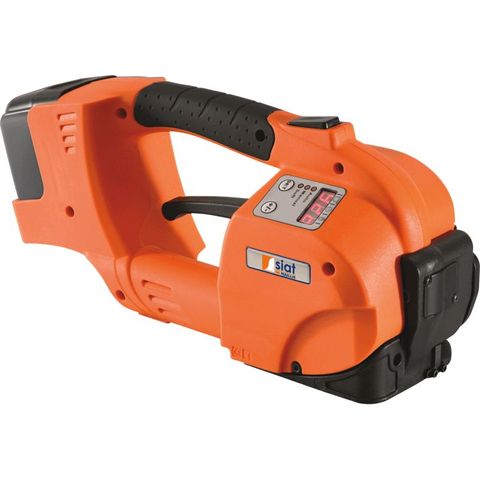Wrapped in Wonder: Exploring the World of Bubble Wrap
Wrapped in Wonder: Exploring the World of Bubble Wrap
Blog Article
cardboard boxes are all-pervasive within our daily lives, servicing a variety of uses from wrapping to storing. They come in a variety of designs, sizes, and advantages, making them functional tools in both private and industrial contexts. Here's all that you should understand about cardboard boxes.

Past and Development
Cardboard, exclusively corrugated cardboard, was initially patented in 1871 by Albert Johnson of New York City. Williams tried it for covering containers and window lantern chimneys. The corrugated pack, as we know it today, was designed by Robert Gair, who developed a device to make large quantities of bins. This development labeled the start of volume generation and extensive usage of cardboard boxes.
Forms of Cardboard Boxes
Corrugated Boxes: These represent the most typical type and are made of corrugated paperboard, which consists of a fluted corrugated sheet and a couple of level linerboards. Corrugated containers are known for their strength and durability, causing them to be ideal for shipping and delivery and saving large goods.
Foldable Cartons: Also known as paperboard containers, these are generally typically useful for less heavy products. Examples include cereal containers, tissues cases, and product packaging for little electronic devices. These are usually produced from one level of paperboard.
Firm Containers: These are generally strong and often employed for great-end models like precious jewelry, electronic devices, and beauty products. As opposed to corrugated and collapsable cartons, rigorous boxes usually do not retract or failure.
Manufacturing Method
The producing of cardboard boxes requires numerous actions:
Pulping: Wooden chips are divided into pulp, which is then washed and processed.
Paper Creating: The pulp is spread and pressed into linens of pieces of paper.
Corrugation: For corrugated bins, document is approved through corrugating rolls to produce the fluted sheet. This really is then fixed between two linerboards.
Slicing and Shaping: The corrugated linens or paperboards are minimize and molded into boxes making use of die-decreasing equipment.
Generating and Finish: Cases are usually imprinted with branding or product or service details and might be protected for added toughness.
Makes use of and Benefits
Cardboard boxes are primarily utilized for packing and shipping. Their benefits incorporate:
Security: Cardboard supplies a defensive coating around goods, safeguarding them from actual physical problems during transit.
Customization: They are often easily personalized regarding sizing, form, and layout to suit specific requires.
Sustainability: Most cardboard is recyclable and made out of alternative assets, making it an eco friendly wrapping alternative.
Inexpensive: Cardboard is pretty affordable when compared with other product packaging materials, making it a cost-efficient choice for enterprises.
Environmental Impact
Among the important great things about cardboard boxes is recyclability. Recycling cardboard minimizes the demand for virgin materials and will help save assets. Nevertheless, it is essential to ensure that cardboard is disposed of properly. Toxified cardboard (with meals, fats, or other elements) cannot be reused efficiently and might result in landfills.
Innovations and Styles
The cardboard container market is continually evolving. Some latest developments incorporate:
Smart Wrapping: Adding technologies like QR regulations and RFID tags into cardboard boxes to offer additional information regarding the product and increase the client experience.
Lasting Methods: Increasing use of reprocessed supplies and implementing eco-pleasant production functions.
Style Innovations: Development of a lot more strong and light-weight styles to lower transport costs and environment influence.
Conclusion
Cardboard boxes are an important part of contemporary logistics and wrapping. Their adaptability, expense-effectiveness, and environmental benefits get them to an indispensable tool in various market sectors. Because the interest in sustainable packaging develops, the cardboard container sector is likely to keep on innovating, guaranteeing these basic yet important storage units keep relevant in the foreseeable future.
Report this page